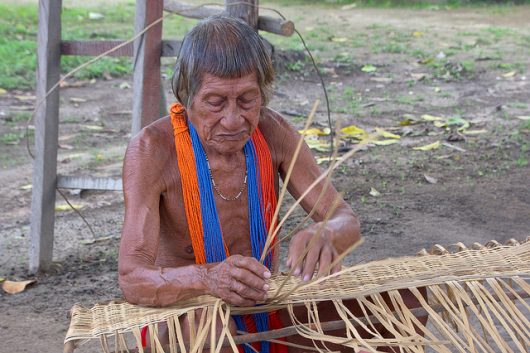What are the Causes of Poverty in Suriname?

The smallest country in South America, Suriname is one of the world’s poorest countries, with more than 20% of its population living below the poverty line. While the country has seen some economic growth in recent years, its tumultuous political history explains many of the current causes of poverty in Suriname.
Ending the 1996 Adjustment Program
Having been a Dutch colony for several centuries, Suriname’s relationship with the Netherlands is complicated. For a long time after its independence, it relied on Dutch aid to propel its economy; however, relations deteriorated in the late ’90s and in 2014, Suriname was dropped as a recipient of Dutch development aid.
The government of Jules Wijdenbosch ended Suriname’s structural adjustment program in 1996 in an attempt to make taxation more equitable for the country’s large, poor population. As a result, tax revenues fell and the government was unable to implement an alternative. Mining, construction and service sectors declined and, combined with increased government spending, a bloated civil service and reduced foreign aid, the country faced a massive fiscal deficit, estimated at around 11% of the gross domestic product (GDP).
Eventually, this led to a long period of inflation, where consumer prices skyrocketed and it took the average Surinamese citizen more than two years to register a business. The causes of poverty in Suriname began with Dutch colonization and continue to suffer from structural shortcomings and poor governance, as is common with many postcolonial nations in the global South.
Strained Relations
Suriname and the Netherlands maintained a strained relationship after Desi Bouterse’s military government rose to power. In 1999, Bouterse was convicted on a number of drug and corruption charges in the Netherlands but was re-elected as the president of Suriname in 2010. Under his regime, the nation’s political climate became saturated with ethnic polarization and corruption.
Economic Diversification
Once Dutch aid stopped, Suriname’s economy became more diversified and independent. Bauxite is the primary source of revenue, as are agricultural exports and oil and gold extraction. These improvements are a double-edged sword since the environmental fallout of such extraction is incredible. They have also led to a spike in forced child labor, with more children being recruited into the mining industry.
According to the United States (U.S.) Department of Labor, “Children in Suriname are subjected to the worst forms of child labor.” Consequently, health problems and malnutrition have increased and high poverty rates continue to run rampant.
Moving Ahead
Almost 80% of Suriname’s landmass is untouched rainforest and protected reserves, which have attracted many tourists over the years. With a rise in ecotourism and diversification of exports, the potential for Suriname’s economy to improve is high.
Additionally, many local and international organizations, such as Humanium, are working to provide educational services and health facilities, particularly to children in need. A number of groups focus on empowerment and legal advocacy to bring about grassroots change.
Finally, with an increase in foreign investment and local change to tackle corruption, some of the problems faced by the Surinamese can be addressed.
– Paroma Soni
Photo: Flickr
Updated: May 29, 2024
